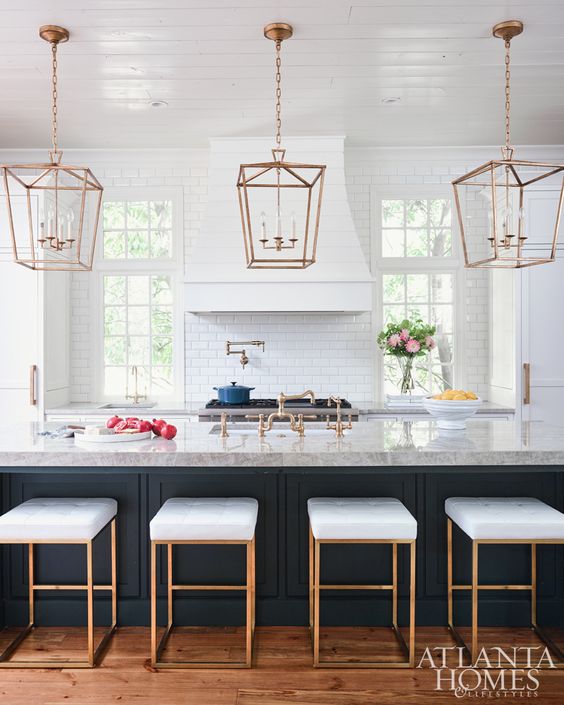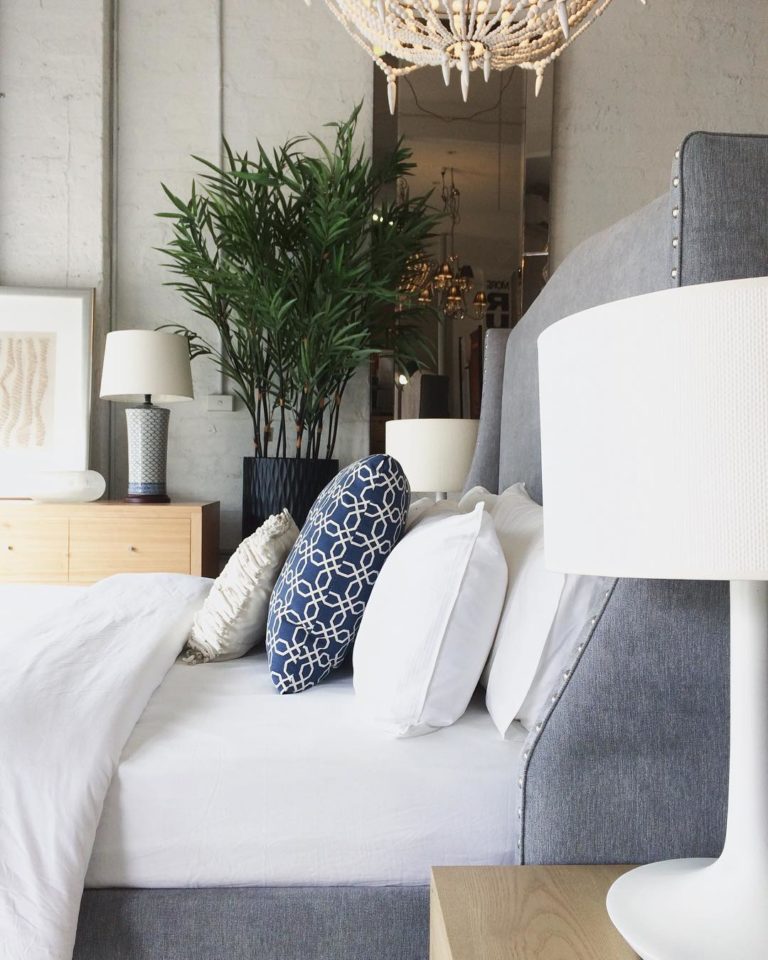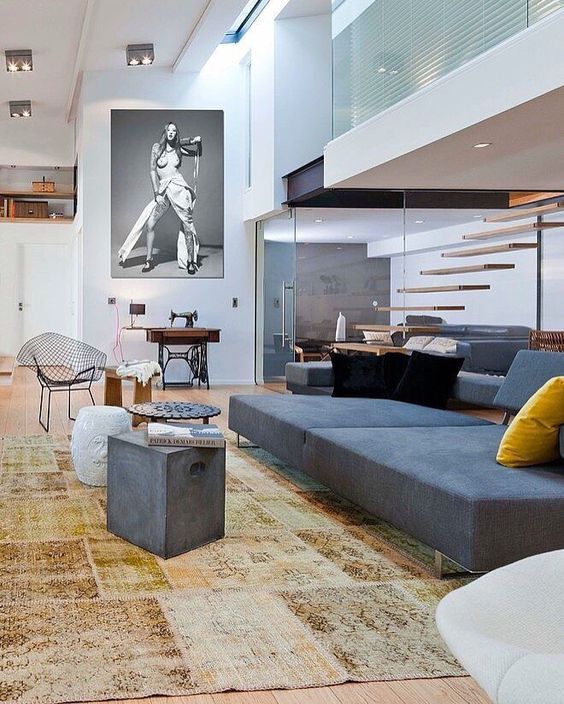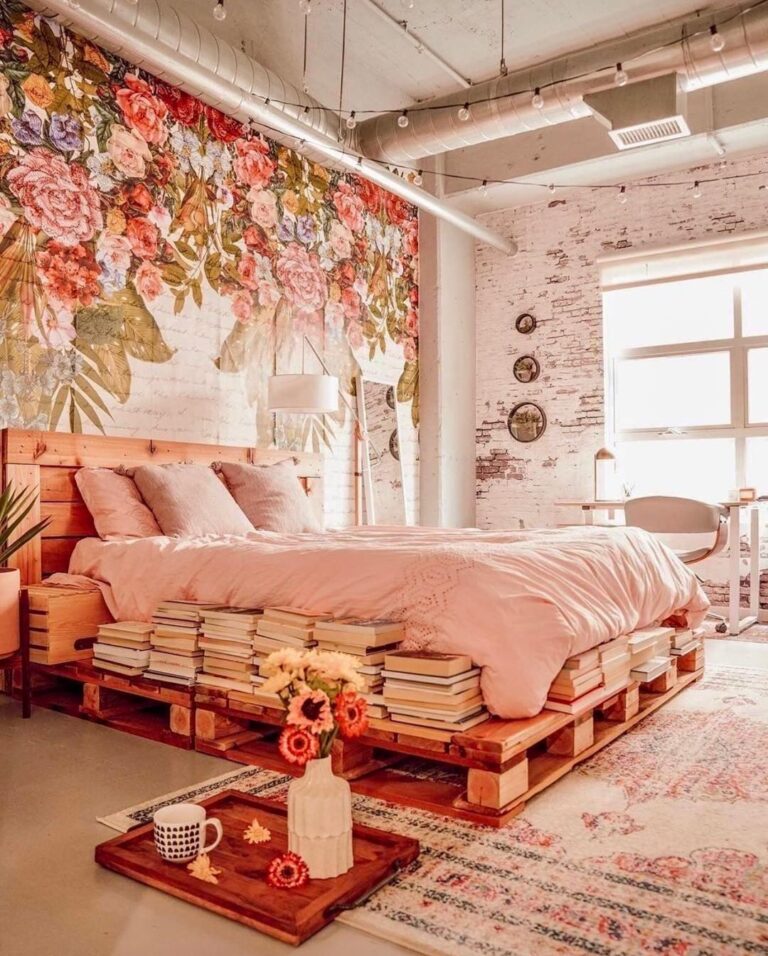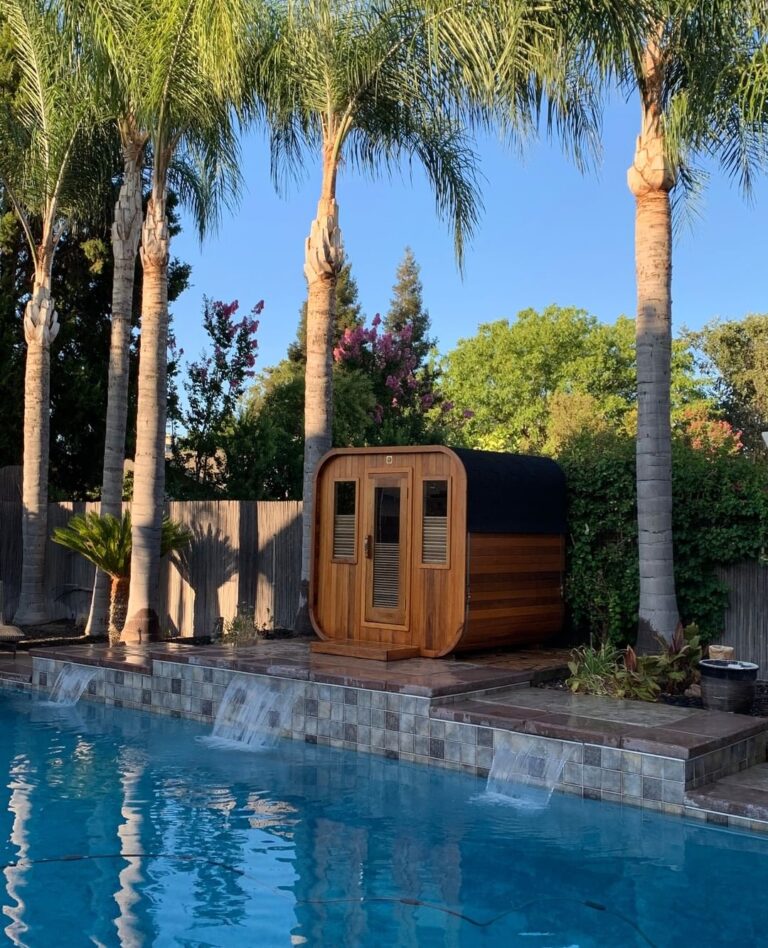Weather the Elements in Style: Discover the Top Materials for Long-lasting Outdoor Furniture Sets
If you enjoy hosting get-togethers with family and friends, from pool parties to gatherings around the fireplace, a well-designed outdoor space should be your priority. This might include amenities like an outdoor cooking area, a fire pit, and, of course, inviting seating for guests to unwind and socialise.
As you may know, outdoor garden furniture usually comes with a higher price tag. Therefore, it’s crucial to choose pieces that can withstand the elements. Your furniture must be strong, long-lasting, and resistant to all the natural forces of the environment. Although there is no outdoor furniture that is completely weatherproof, there are significant distinctions depending on the materials used.
Before you buy your outdoor garden furniture, it’s essential to become familiar with the pros and cons of the different material choices. Assess how well it fits with your personal preferences and priorities, as well as the demands of the place where you live. As every situation is unique, deciding which material is right for your outdoor patio furniture will depend on how well your particular requirements and each material’s intrinsic qualities line up.
Teak
Teak is one of the most popular materials for outdoor furniture because the oils in the wood give it a built-in resistance to the elements. If you’re looking for the best wooden garden furniture, this is a wise choice because it can be left outside year-round and develops a gorgeous silvery patina over time. Due to its strength, teak furniture might be pricey, but if properly maintained, it will last a very long time.
To get rid of any debris, wash down your garden table and chairs with a hose twice a year. Scrub with a brush and warm, soapy water while going against the grain. Sanding makes it simple to remove any tough stains.
Verify with the vendor before purchasing teak furniture that it comes from sustainable forests that promote replanting.
| Pros: | Cons: |
| Durable material | Expensive |
| Naturally resistant to weather | Need regular maintenance |
| Weathers to a lovely silver hue | Colour fading doesn’t suit everyone’s taste |
| Easy to maintain | Can warp over time |
Wrought Iron
In contrast to many lighter-weight materials, wrought iron is substantial and won’t be simply blown over if you’re seeking for a sturdy set of garden furniture. Be sure the set you purchase has gotten an anti-rust treatment because wrought iron might rust. Moreover, if at all feasible, put it away for the winter.
Whether it’s a complete dining set or a pair of stylish garden benches, wrought iron garden furniture often features decorative designs, making them a classic choice for traditional English gardens. If maintenance is an important consideration for you, note that warm, soapy water is all that is needed to clean wrought iron (a small brush can be used to reach tight spaces).
Due to its durability, wrought iron products can cost more than other forms of outdoor furniture.
| Pros: | Cons: |
| Durable material | Expensive |
| Long-lasting | Requires protection from rust |
| Decorative designs | Can be heavy to move around |
| Need cushion pads |
Aluminium
Aluminium is a great choice for outdoor seating plans that require lightweight furniture because it is simple to move. A smart combination of steel and aluminium is used to create certain aluminium furniture, providing it with both strength and lightness. Aluminium is incredibly lightweight and naturally resistant to corrosion, which helps keep its structure and lengthen its lifespan.
Aluminium furniture should either be stored outside or in a dry, well-ventilated area to maintain its best condition. Never leave it covered because doing so can damage the finish. You can keep it clean by simply washing it frequently with soap and warm water. Leaves, sap, bird droppings and other substances that could be corrosive should be cleaned up right away. We advise against setting ornamental items like flowerpots on tables to avoid scuffs and water buildup.
| Pros | Cons |
| Lightweight | In extreme weather, lightweight pieces can be knocked over |
| Durable | Requires regular clean |
| Easy to clean | Can’t be stored under cover |
| Can be left outside |
Rattan
Rattan is one of the most popular materials for patio furniture because of its classic country style. In contrast to the real rattan that is usually used for interior furniture, rattan outdoor furniture is made of a synthetic resin called polythene, which is far more durable and requires no upkeep.
You’ll find outdoor rattan furniture with different weave types to choose from. One of the most common and affordable options is flatweave rattan. This type is also the lightest, which makes moving and cleaning your furniture much simpler.
Pick a curved weave for a more sumptuous and traditional appearance. Curved weave takes more cleaning than flat weave since dirt can enter in the gaps due to its looser and more flexible structure (which makes it less brittle and a suitable choice for a longer lifespan).
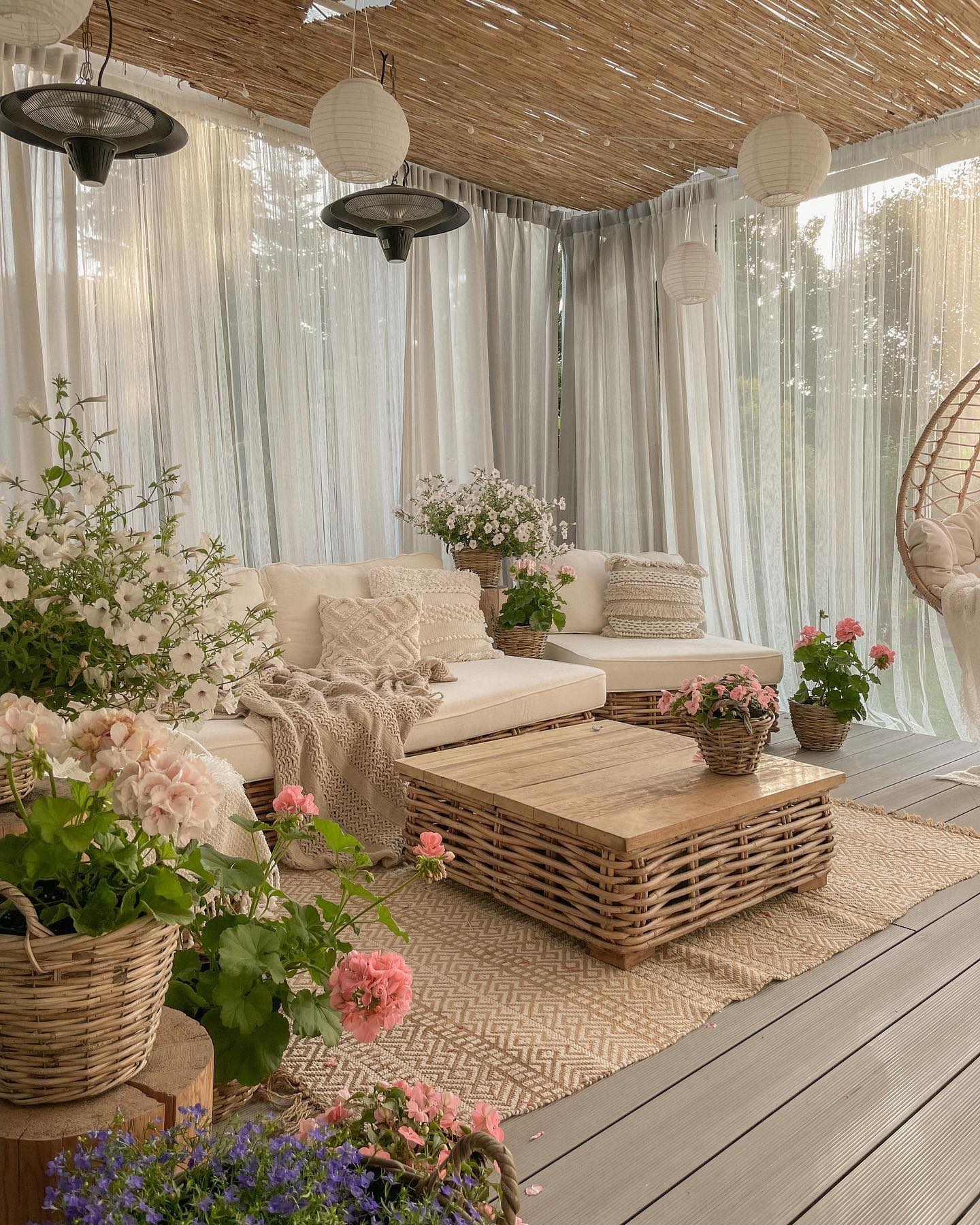
Because PE rattan is UV and frost resistant, it can be left outside all year. When not in use, rattan furniture can be protected from leaves and bird droppings by being covered (without cushions).
As for the frame, aluminium frames are of higher quality than steel, which might rust. Aluminium frames that have been powder coated can be left outside in any weather without suffering any damage.
| Pros | Cons |
| Durable and long-lasting | Rattan furniture with aluminium frames can be expensive |
| Can be converted to protect against garden debris | Curved weaves require more difficult maintenance |
Powder Coated Steel
Many pieces of steel-based garden furniture are powder coated to give them a protective surface to assist prevent rust. But you’ll need to check your furniture frequently for coating cracks, as these will need to be repaired to stop the underlying metal from rusting.
Being powder-coated means there are many colourful garden furniture ideas to select from if you’re looking for something bold and contemporary to liven up a balcony or patio.
It’s also simple to clean and can be left outside in the winter. However, stowing it away in a garden shed or garage will help keep the elements off of it.
| Pros | Cons |
| Various colour choices | Can rust if cracked |
| Modern look | The colour can fade exposed to sunlight |
| Easy to clean | Can be blown in extreme weather |

